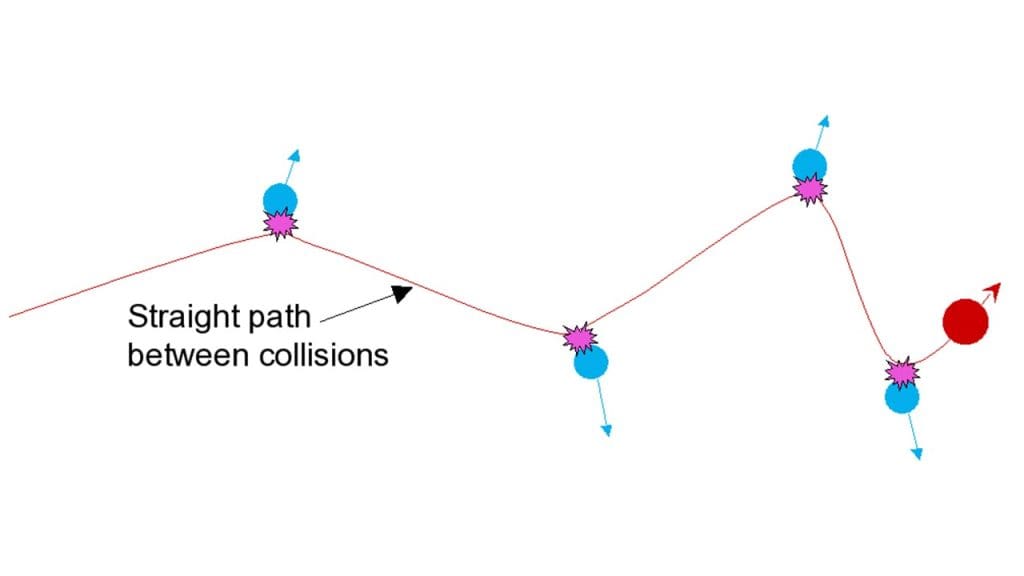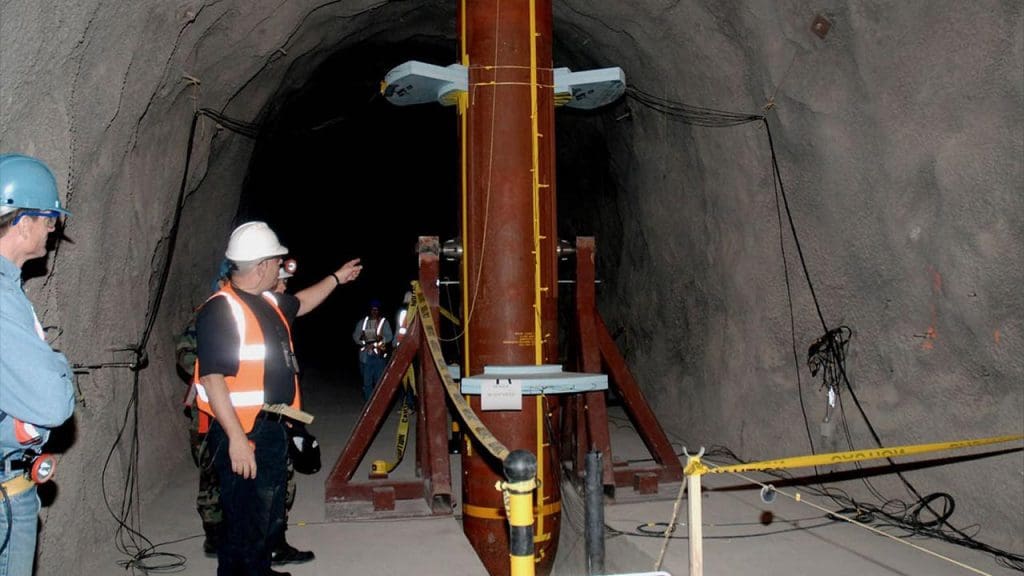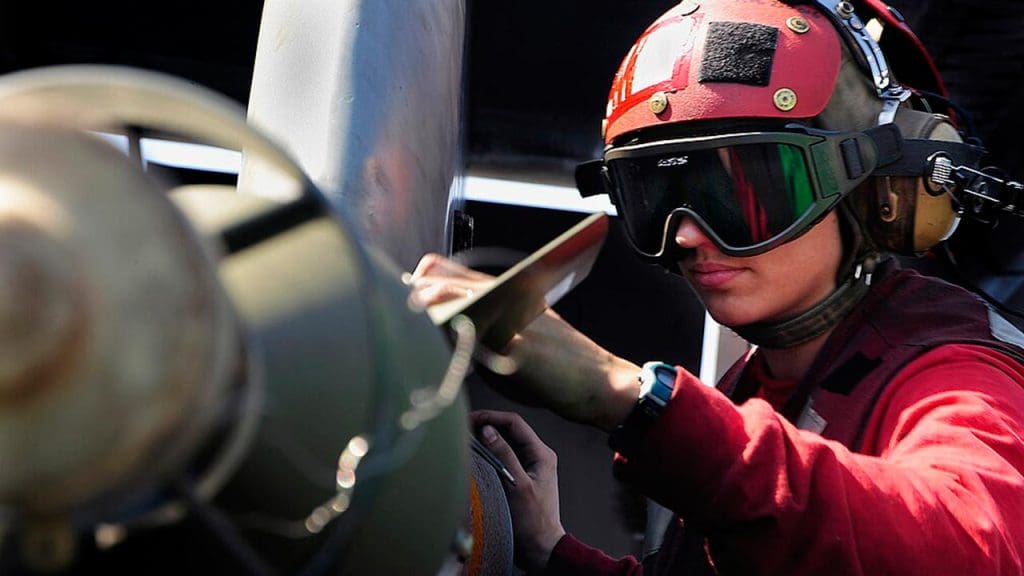
In the realm of military technology, the GBU-57 Massive Ordnance Penetrator stands out as a marvel of engineering, capable of breaching up to 200 feet of concrete. Understanding the physics behind this formidable weapon involves exploring how its design and mechanics enable such unparalleled penetration power. From its advanced materials to its strategically engineered shape, every aspect of the GBU-57 contributes to its role in modern warfare.
The Design and Development of the GBU-57

Historical Context and Need
The strategic necessity for a bomb like the GBU-57 arises from the evolving nature of military threats, particularly the need to effectively target deeply buried bunkers and fortified underground facilities. As adversaries increasingly rely on subterranean structures to protect vital assets, the demand for advanced bunker-buster technology has grown. This trend has driven the evolution of such weaponry, culminating in the development of the GBU-57, which represents a significant leap in bunker-buster capabilities.
Technical Specifications
The GBU-57 is a formidable weapon, weighing approximately 30,000 pounds and measuring over 20 feet in length. It is constructed using advanced materials designed to withstand the immense forces encountered during impact. The bomb’s aerodynamic design is crucial for its penetration capability, with a streamlined shape that reduces air resistance and enhances its ability to reach high speeds upon release. This design ensures that the bomb maintains its momentum and kinetic energy, essential for breaching hardened structures.
Physics of Penetration

Kinetic Energy and Impact Dynamics
The GBU-57’s ability to penetrate deep structures is largely due to the kinetic energy it accumulates during its descent. Upon release, the bomb accelerates towards its target, gaining significant velocity. This velocity translates into kinetic energy, which is crucial for breaching concrete and other hard materials. The mechanics of impact involve the transfer of this energy to the target, causing structural failure and enabling the bomb to penetrate deeply.
Materials Science and Hardening Techniques
The casing of the GBU-57 is engineered using cutting-edge materials science to ensure strength and durability. The bomb’s shell is made from high-strength alloys that can withstand the intense forces experienced during impact. Techniques such as heat treatment and surface hardening are employed to enhance the bomb’s penetration efficiency. These processes increase the material’s hardness, allowing it to maintain its structural integrity while penetrating tough targets.
Guidance and Accuracy

Advanced Targeting Systems
The GBU-57 is equipped with advanced targeting systems that enable precise strikes on fortified targets. The bomb utilizes a combination of GPS and laser guidance technologies to ensure accuracy. These systems allow operators to pinpoint exact locations, maximizing the bomb’s effectiveness and ensuring it hits its intended target with precision. This level of accuracy is crucial for achieving successful penetration and minimizing the risk of missing critical targets.
Minimizing Collateral Damage
Precision is not only essential for hitting targets but also for reducing collateral damage. The GBU-57’s advanced guidance systems play a vital role in limiting unintended consequences during military operations. By ensuring the bomb strikes with pinpoint accuracy, the risk of affecting surrounding areas is minimized. This capability is particularly important in scenarios where targets are located near civilian infrastructure.
Strategic Implications and Global Impact

Military Strategy and Deterrence
The presence of the GBU-57 in a military arsenal influences strategic planning and serves as a deterrent to potential adversaries. Its ability to breach highly fortified targets impacts military strategies, especially in conflicts involving nations with underground facilities. The existence of such a powerful weapon can alter geopolitical dynamics, as it provides nations with a means to neutralize critical enemy assets.
Ethical and Political Considerations
The deployment of the GBU-57 raises ethical and political concerns, given its destructive potential. There are debates over the implications of using such powerful weaponry in warfare, particularly in terms of humanitarian impact. International responses to the use of bunker-buster bombs like the GBU-57 can be mixed, with some nations expressing concerns over the escalation of military capabilities and the potential for increased conflict.
Future of Bunker-Buster Technology

Advancements in Technology
The future of bunker-buster technology promises further advancements, with ongoing research focused on enhancing penetration capabilities. Innovations in materials and design are expected to yield even more effective weapons, capable of breaching deeper and more fortified structures. Such developments will continue to shape military strategies and influence the approach to dealing with underground threats.
Global Arms Race and Technological Competition
As bunker-buster technology evolves, it contributes to the global arms race and technological competition among nations. The pursuit of advanced penetrating weapons can lead to increased military spending and the development of countermeasures by other countries. International powers are likely to respond to these advancements by investing in similar technologies, further intensifying the competition in military capabilities.
For further reading on the topic, explore this detailed article and a comprehensive study on the GBU-57’s capabilities.